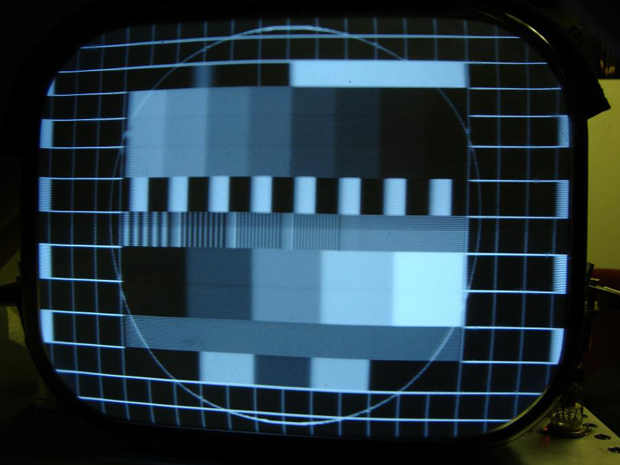The Amroh MK telemax was a device that you could build yourself somewhere in the mid-fifties. A television is a complex device and many people are afraid of the high voltage. So it's something you don't find quickly but you can build yourself. What I personally think is that the circuit of the telemax is not well put together and it concerns the vertical part. And I changed that part so that it works perfectly all of a sudden.
When the picture tube is installed you need a power supply and a line oscillator and high voltage generator.
Time for images on the picture tube. in the top left corner is the video amplifier. We are going to make a modification to the grid synchronization.
Here the vertical sync pulse separated from the horizontal sync pulse this is the modification I made up for the Amroh Telemax.
Here you can see the vertical synchronization amplifier tube hanging on some Chinese wires at the bottom right.

